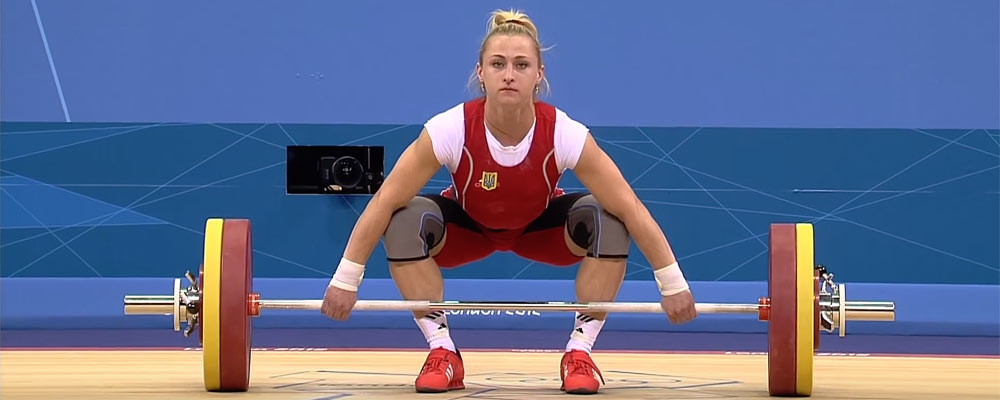Scientific research suggest that physical activity prevent the development and progression of metabolic disorders such as cardiovascular diseases, type 2 diabetes, obesity, hypertension. However, some health problems may occur in professional women athletes. One of these problems is The Female Athlete Triad which is also noted by the International Olympic Committee (IOC). The Female Athlete Triad covers the relationships between low energy availability, menstrual dysfunction and low bone mineral density.
Low Energy Availability
Low energy availability refers to low energy intake. Low energy intake impairs menstrual function and bone mineral density so it is considered to be the main cause of the triad. Also low energy availability may or may not include eating disorders.
Menstrual Dysfunction
Low energy intake reduces estrogen levels. Therefore oligomenorrhea and amenorrhea may occur.

Low Bone Mineral Density
Decreasing in hormone levels that occur with low energy intake is detrimental to the process of bone regeneration. It leads to stress fractures and early onset of osteoporosis. Scientific research suggest that, stress fractures are observed more frequently in physically active women who have menstrual disorder and low bone mineral density.
The athlete does not need to include three factors for the diagnosis of The Female Athlete Triad. In particularly if there is a low energy intake with conscious or unconscious, the athlete should be intervened by health professional. The Female Athlete Triad is more common in sport that require weight control, aesthetics and lean body shape.
The treatment of triad should be performed multidisciplinary by a physician, sports dietician, psychiatrist / psychologist, orthopedist, physiotherapist, endocrinologist and gynecologist.
The Female Athlete Triad is a health problem that recently recognized. It can cause irreversible health problems if not detected early and can affect the professional life of the athlete. Therefore, it is important that athletes at risk should diagnosed early and start treatment properly.
Compiled by: Dietitian Dilara Serarslan, Beyzadeoğlu Clinic
REFERENCES:
1. Mountjoy, M., Sundgot-Borgen, J., Burke, L., Carter, S., Constantini, N., Lebrun, C., … & Ljungqvist, A. (2014). The IOC consensus statement: beyond the female athlete triad—Relative Energy Deficiency in Sport (RED-S). Br J Sports Med, 48(7), 491-497.
2. American College of Obstetricians and Gynecologists’ Committee. (2017). Female Athlete Triad. OBSTETRICS & GYNECOLOGY, 160-167.
3. Koca, C., Koşar, Ş. N., Güngör, T. N., Güzel, Y., & Öztürk, P. (2014). Kadın Sporcu Üçlemesi El Kitabı. Hacettepe Üniversitesi Bilimsel Araştırma Projeleri Koordinasyon Birimi (No: 013A407001). Ankara: Sim Matbaası. 4. Ercan, S. (2017). Kadın Sporcu Üçlemesine Güncel Yaklaşım. Kocaeli Tıp Dergisi, 6(2), 75-79.


